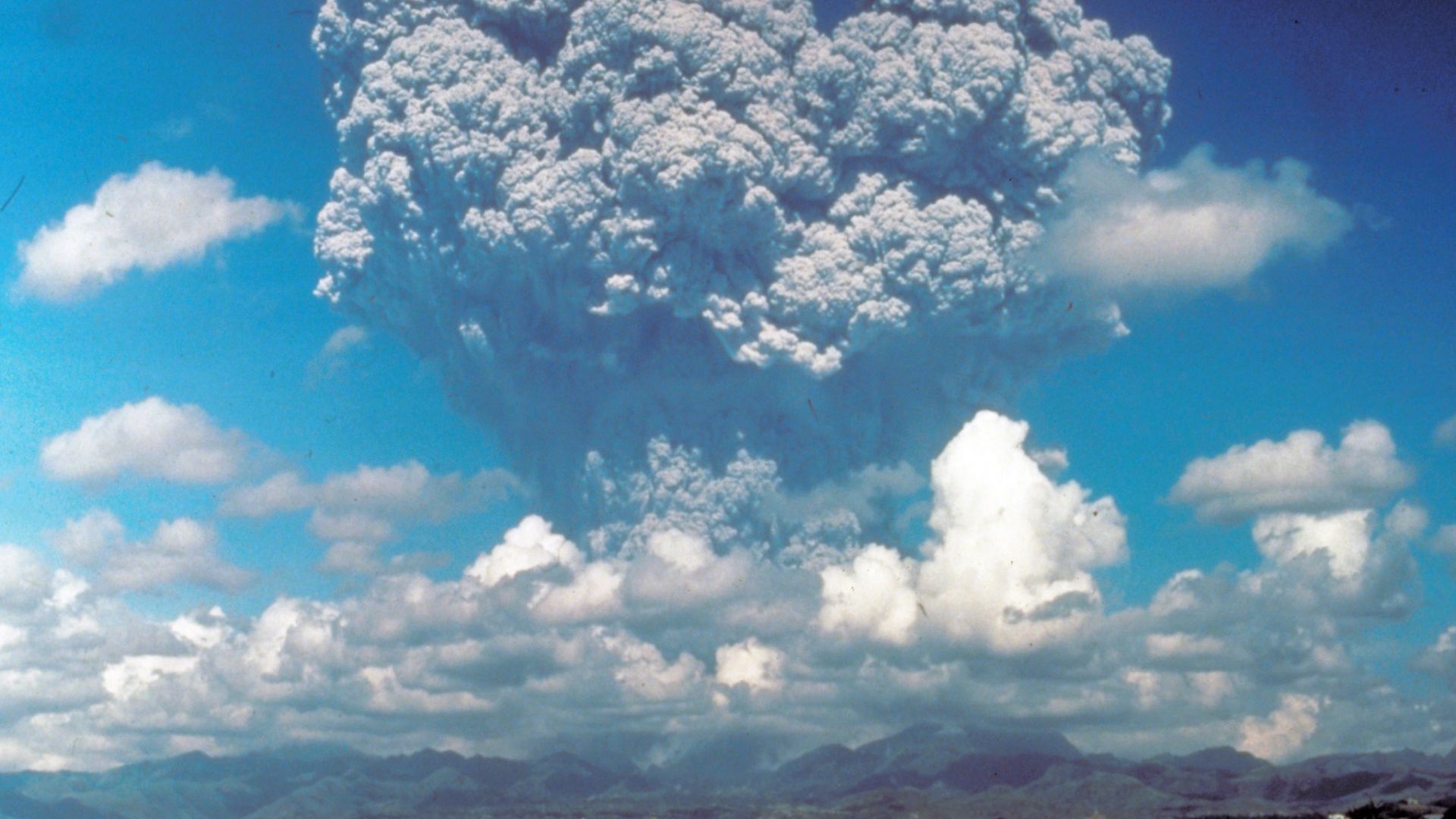Kairos Power’s Hermes 2 demonstration plant (blue-topped building on the left) is planned to be built next to the Hermes demonstration reactor. (Image: Kairos Power)
A notice of opportunity from the Nuclear Regulatory Commission was published in the November 22 Federal Register to intervene in an adjudicatory hearing on Kairos Power’s application for a construction permit to build the Hermes 2 test reactor facility in Oak Ridge, Tenn.
Electrical circuits are tested during the commissioning of the new ventilation system at WIPP. (Photo: DOE)
Commissioning has begun on a new large-scale ventilation system at the Waste Isolation Pilot Plant in New Mexico.
The Safety Significant Confinement Ventilation System (SSCVS) is expected to increase underground airflow from 170,000 cubic feet per minute up to 540,000 cfm. The increased airflow will allow for simultaneous underground waste emplacement, mining, and ground control work. Ground control, including bolting, controls the movement of salt rock—known as salt creep—in the WIPP underground.
Experimental Breeder Reactor-II (Photo: ANL)
If you head west out of Idaho Falls on U.S. Highway 20 and make your way across the Snake River Plain, it won’t be long before you’ll notice a silver dome in the distance to the north. One of the most recognizable structures in the history of nuclear energy, Experimental Breeder Reactor-II stands out from the desert landscape. The 890-square-mile site on which EBR-II is located is the former National Reactor Testing Station, now known as Idaho National Laboratory.
A fuel rod is loaded into the core of PRR-1 SATER in this 2022 photo, in preparation for its operation. (Photo: PNRI)
The Philippines generates none of its electricity from nuclear energy. Until recently, it was even without a functioning research and training reactor. The lack of a nuclear facility has led to a dearth of scientific expertise in nuclear science and nuclear engineering in this nation of roughly 117 million people. Twenty-nine-year-old Ronald Daryll E. Gatchalian is on a mission to change that.
Mount Pinatubo in the Philippines, as it began its cataclysmic eruption in 1991. Millions of tons of particulates were blown into the stratosphere, causing global cooling, similar to what solar geoengineering would do in a controlled way. (Photo: U.S. Geological Survey)
We’re failing.
We’re failing to decarbonize the world in any significant way. Global greenhouse gas emissions are still rising and appear on track to continue rising until at least 2040—the result of energizing the developing world.
Data analyst Emily Coriell (right) demonstrates a pipe crawling robot at the career opportunities event. (Photo: DOE)
Contractors at the Department of Energy’s Paducah Site teamed up recently to highlight career opportunities available at the site during the Paducah Area Chamber of Commerce WKY (West Kentucky) Launch Experience.
Image from the DOE’s draft EA showing a rendering of the TFF building. (Image: DOE)
The Department of Energy’s Office of Clean Energy Demonstrations issued a draft environmental assessment (EA) in early November for a test and fill facility (TFF) that TerraPower plans to build in Kemmerer, Wyo.—the town selected two years ago to host the company’s first Natrium sodium fast reactor. The draft EA, open for comment through December 1, describes TerraPower’s plans to construct a nonnuclear facility that would safely store about 400,000 gallons of sodium to test coolant system designs and ultimately fill the planned reactor.
Lotilla (seated, at left) and Blinken (seated, at right) sign the 123 Agreement in San Francisco. Looking on (left to right) are Ann Ganzer, principal deputy assistant secretary, Bureau of International Security and Nonproliferation, U.S. State Department; Ferdinand Marcos Jr., Philippine president; and Daniel Kritenbrink, assistant secretary, Bureau of East Asian and Pacific Affairs, U.S. State Department. (Photo: @SecBlinken/X)
The United States and the Philippines last week signed a civil nuclear cooperation agreement—known in policy wonk jargon as a 123 Agreement.
IAEA director general Rafael Mariano Grossi welcomes participants at the annual session of the IAEA’s Nuclear Law Institute. (Photo: Dean Calma/IAEA)
As countries increasingly plan to adopt or expand nuclear energy to their energy grids, the importance of national and international nuclear law was underscored in recent remarks by Rafael Mariano Grossi, the International Atomic Energy Agency’s director general.
The 2F Evaporator at SRS. (Photo: Savannah River Site Photography)
The Department of Energy’s Office of Environmental Management is responsible for roughly 90 million gallons of radioactive liquid waste at Idaho National Laboratory, the Hanford Site in Washington state, and the Savannah River Site in South Carolina. About 900,000 gallons of waste are stored at INL, 56 million gallons at Hanford, and roughly 36 million at SRS. A further 400,000 gallons of waste from various operations are being stored at the Oak Ridge Site in Tennessee.
The Engineering Test Unit at KP Southwest. (Photo: Kairos Power)
In October, staff at Kairos Power’s testing and manufacturing facility in Albuquerque, N. M., began transferring 14 tons of molten fluoride salt coolant into an Engineering Test Unit (ETU)—the largest transfer of FLiBe (a mixture of lithium fluoride and beryllium fluoride) since the Molten Salt Reactor Experiment in 1969.
A cutaway image of a below-grade MMR module. (Image: USNC)
Ultra Safe Nuclear has signed a cooperative agreement with the Manila Electric Company (Meralco)—the Philippines’ largest electric distribution utility—to study the potential deployment of one or more of the company’s high-temperature, gas-cooled microreactors in the Philippines. The agreement, signed November 15, builds on a partnership between the two companies that was announced in August.

















